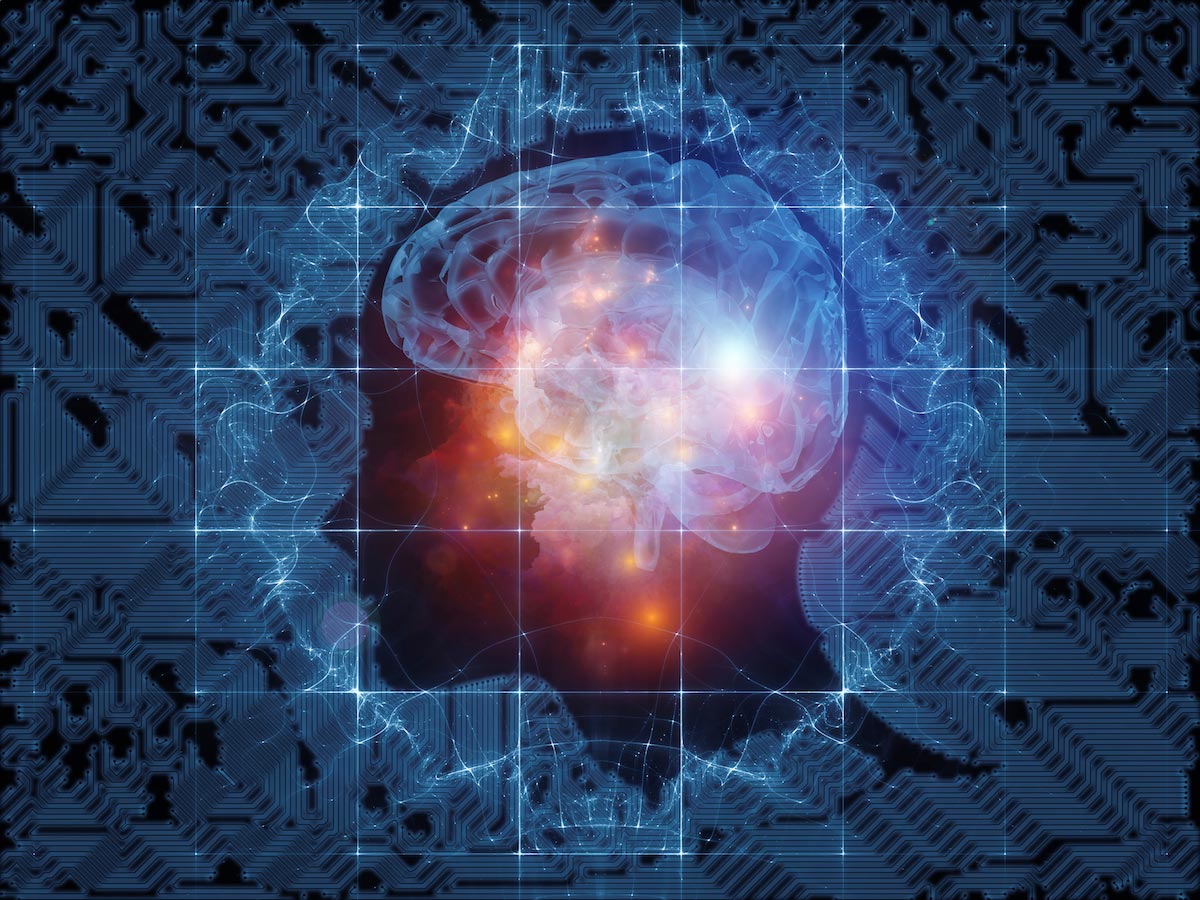Architect shares his experience of how magnet therapy cured his OCD
02/06/2019 / By Ralph Flores

Obsessive-compulsive disorder (OCD) can be challenging to deal with, especially for sufferers. Scientists have not yet fully understood the underlying causes of the condition, although they have said that it could be a brain dysfunction.
However, an architect has reportedly been cured of OCD – all thanks to magnets.
In an interview, Alex Jones, a 46-year old architect from England, had been battling with OCD for over 28 years. During these times, he went around his day thinking that he had harmed others because of his actions – which has led Alex even to imagine that he had run people over with his car or beaten up strangers.
The thoughts would haunt his mind throughout the day. This would cause him great anxiety and stress, and sometimes, he would retrace his steps to check if there were any “victims” of his actions. This behavior, which included washing his hands for up to 50 times a day, put a burden on his relationship with his wife, Paulette.
After his OCD brought him to a nervous breakdown, he discovered magnetic pulse theory soon after, and he claimed to feel like a “normal person” after the first transcranial magnetic stimulation (TMS) session.
According to him, “I had experienced these obsessive, intrusive thoughts since I was a teenager. They were pretty much constant. I was in a perpetual state of anxiety, and it was really mentally draining, and hard on my wife too. But then after leaving the clinic after mt first TMS session, I felt like a completely ‘normal’ person.”
Running out of options, Alex visited a TMS clinic in London in July 2017 and was amazed at the results. He claims that he went to the clinic after being anxious around people, thinking that he would harm them. However, after a 30-minute session at the clinic, he felt that his mind has been cleared of all those impulses that gave him a hard time. After two sessions, he claims to be symptom-free, except a minor relapse.

Fast facts on TMS
TMS is defined as “a noninvasive procedure that uses magnetic fields to stimulate nerve cells in the brain to improve symptoms of depression.” The method is typically used for depression treatment when forms are already ineffective.
When a person undergoes a TMS session, electromagnetic coils are placed around the person’s scalp, near the forehead. The coils will then deliver a painless magnetic pulse that will stimulate the nerves in the person’s brain region that affects mood and depression. Moreover, TMS is believed to trigger parts of the brain that have diminished function because of depression. (Related: Magnet therapy shows promise in alleviating anxiety, research finds.)
It is also known as rTMS since the pulses emitted are repetitive.
As TMS is a non-invasive way to stimulate your brain, there are no risks for this therapy, as against other conventional forms which require surgery or implants. Moreover, it does not cause any seizure or require sedation with anesthesia.
Some side effects that may occur after TMS are noted to be mild to moderate and may decrease over time. These would include headaches, scalp discomfort, lightheadedness, and some tingling in the facial muscles.
Earlier studies have already found TMS to be effective in providing relief for people who suffer from tinnitus, with more than 50 percent of the samples felt a significant improvement.
Learn more about other natural treatments for OCD at Health.news.
Sources include:
Submit a correction >>
Tagged Under:
alternative medicine, brain health, depression, magnet therapy, mental health, obsessive-compulsive disorder, OCD, TMS, Transcranial magnetic stimulation
This article may contain statements that reflect the opinion of the author





















